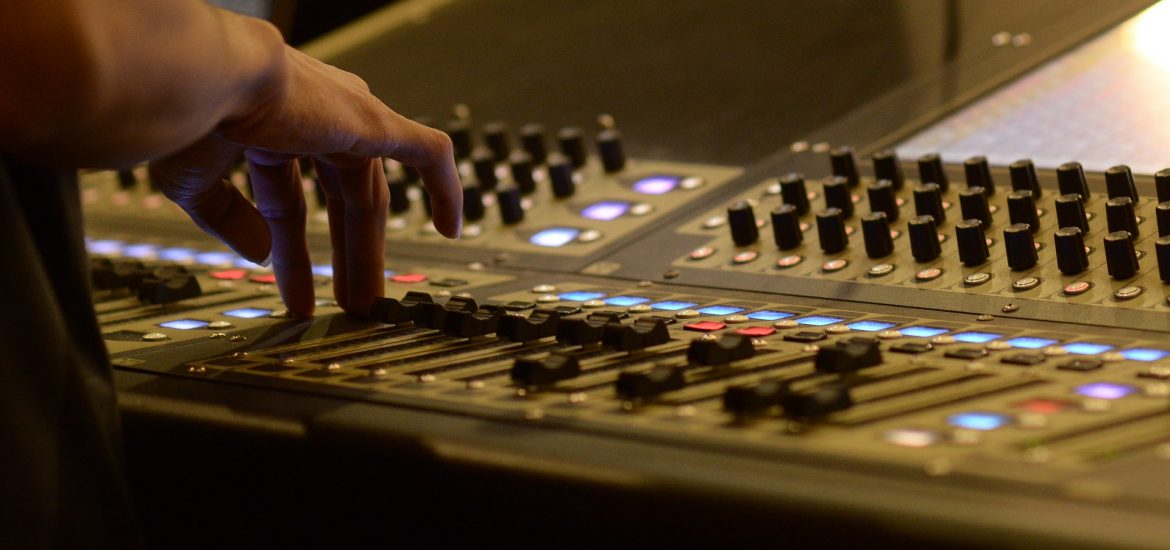We live in the era of rapid evolution of analog technologies to digital. Nevertheless, many devices still remain analog. And it’s hard not to notice how many people, even in the modern world of high technologies, are fond of the analog sound and vinyl players. And if you are one of those people, you definitely shouldn’t forget about proper cleaning of your favorite music records. Check Has-Sound to choose a suitable vinyl cleaner.
At the same time, analog and digital sound coexist in the audio world. However, they have some significant differences, advantages, and disadvantages.
Analog Sound Features
Any audio signal (speech, music) perceived by the human ear is analog. They spread in space in the form of waves. With analog recording, mechanical vibrations are converted to electrical using a microphone. The data is then transferred to tape or vinyl. These are special media designed to store and further to reproduce audio signals through a tape recorder or player. The main advantages of analog sound include good depth, balanced bass, and top notes.
Among the shortcomings, experts point out:
- The rapid aging of carriers. Audio data is recorded on magnetic tapes, which wear out with each listening, as well as vinyl, which has the ability to get scratches, get dirty, etc.
- In the process of recording, extraneous noises, wheezing and many other interferences that impair the quality of the audio signal can mix with the music.
- The inconvenience of using. Recorded music and other audio data are difficult to replicate, store, play, etc.
That is why more advanced technology is used for recording signals.
Digital Audio Features
The special device (ADC) is used to convert analog oscillations into a digital form. It is connected to a microphone to encode frequencies in the form of 1 and 0. The resulting numbers are recorded on the carrier, not in the form of a continuous stream but discreetly (by coordinates). However, when listening to music, such data is decoded by the ADC device.
The main advantages of discrete audio signals include:
- The convenience of use. Discrete audio can be stored for a long time on the main media and replicated without quality loss.
- High degree of protection against interference. At the time of recording, special programs clear the sound of granular noise, wheezing, etc.
- Digital broadcasting can be translated on a huge number of channels.
However, discrete audio has its drawbacks. The signal coding in a digital form leads to a partial decrease in quality and the appearance of granular noise. However, with the development of technology, specialists have managed to minimize these problems.
Key Differences Between Analog And Digital Audio
In general, the analog signal is continuous in time, while the digital signal consists of a limited set of coordinates. An analog signal is available for perception by all devices operating on the same principle as the transmitter, while the digital signal is reliably protected by a code.
The analog sources are vinyl and audio tapes. The digital sources are CD-Audio, DVD-Audio, and files in WAVE and DSD formats, etc.
Nevertheless, both technologies are widely used in recording studios, on radio stations, television, etc. The choice of a particular option determines only by your own preferences.
